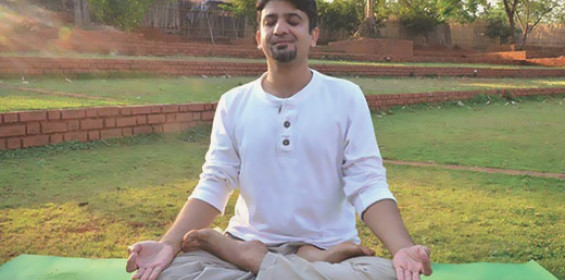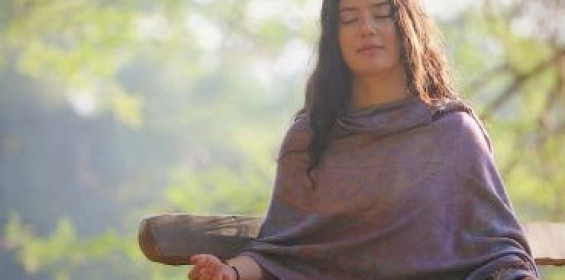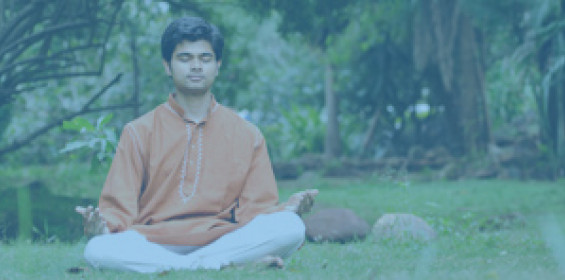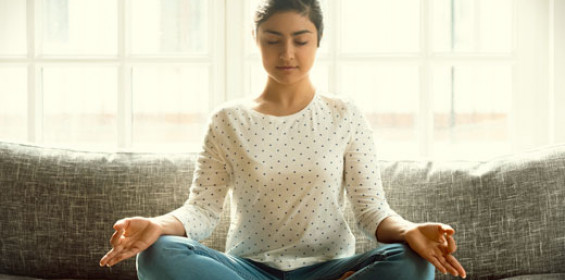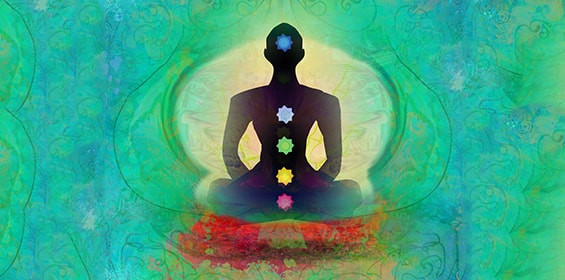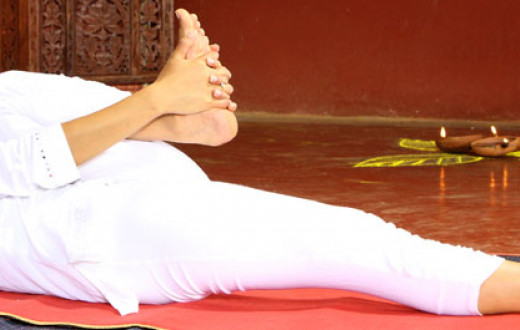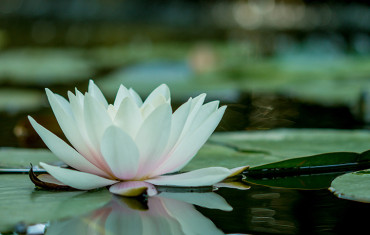By Elizabeth Herman┃Posted: April 28, 2019
We sat down with Philip Fraser to talk about the Art of Silence course, which he started teaching in the early 1990s. He currently teaches it every few months. Here, he describes in detail the process of this course and its many benefits.
Silence and consciousness
The subject matter of this course, and the purpose of silence, is consciousness. That’s why it’s a unique course. You can participate over and over; you can come back to this course many times. The material doesn’t become old.
We generally wake up fairly early; there’s a lot of energy in that part of the day, so that alone is rejuvenating. Then we have a yoga practice and a breathing techniques session, followed by breakfast and some little tasks and jobs that people perform in a group (seva). It gives participants a wonderful sense of belonging.
Join a Free workshop on Yoga, Meditation and Breath
Guided meditations are also a big part of being in silence. We’re not in silence the whole time, of course, but the combined hours of silence add up to two full days.
More energy, more discipline
The first benefit of this course that people notice is the energy – participants feel lighter, clearer, more awake.
Sometimes people take the Happiness course, which is the first part of the series, but find it hard to be regular with that, to create the routine needed and be disciplined about it. But what you find after the Silence course is that your motivation and discipline transforms. You become almost addicted to the process of taking care of yourself.
Watching your own mind
The second benefit is felt on an even deeper level – you become aware of your own mind. You’ll notice it’s either in this happy or neutral state, or a little bit unhappy. This sequence happens throughout any day of our lives. Some moments in the day we feel everything is good, and some moments it’s just kind of boring, and some moments something wrong has happened.
On this course, you get to watch your mind and its cycles. There’s no distraction. There’s nothing to blame your moods on, but you’ll still watch your moods fluctuate. It’s not an intellectual process, but just by experience, just by noticing your moods, you get a little bit of distance from them. That realization comes: “I’m not just my mind; I’m not just my thoughts.” That is the point at which you experience true happiness.
For example, when you watch a movie, you enjoy every element of the plot, even the parts that make you sad, anxious, or angry. Life is like that as well. Silence helps us realize that our plot isn’t everything that we are; this gives you have the ability to be in your emotions 100% when they arise. We temper ourselves so much, repress our anger, explain away our sadness, so this is a revolutionary thing for many people.
Kids are great at this. They go 100% into their emotions, and they release them just as easily.
They’ll fight with their friend and say, “You’re not my friend anymore; I hate you.” They’re really fully feeling it, they mean what they say – but five minutes later, everything is fine.
Later in life when you fight, you’re so much trying to control everything; you don’t have that resilience anymore in your own mind, energy and consciousness. So you fight with your friend, and possibly it could be for many years! “You’re not my friend anymore!” If that comes up as an adult, you’re in a lawsuit; you’re in some crazy thing that’s absorbing so much of your life force. So that ability to be in an emotion, let it go, and accept it: this unique skill is what we teach.
Happiness in the moment
We think happiness comes from control. We think, “If I have enough money, I can just go anywhere. When I want to be in Paris for lunch, I can at any moment, and that’s when I’m gonna be happy.” Because that’s control; we can do whatever we want. If that were the case then everyone who had that degree of financial freedom would be so happy. But they may not be.
You ask someone, “What do you need to be happy and when will you be happy?” They’ll always say, “It’s not based on anything.” Instinctively, we know that. But this is the way to achieve it: this course and these practices. You can have that. It’s something that you culture in your system.
Many people think, “If I just read a book about the present moment that’s enough.” Reading does help; it’s a definite eye-opener. But that’s only part of it. Really, by direct experience and by systematically going through that and finding yourself there again and again, you’ll start to say, “Yeah, it’s like this. I am more than just the thoughts. I am more than this mood or event or these labels they put in front of me.” Then you’ll find it.

